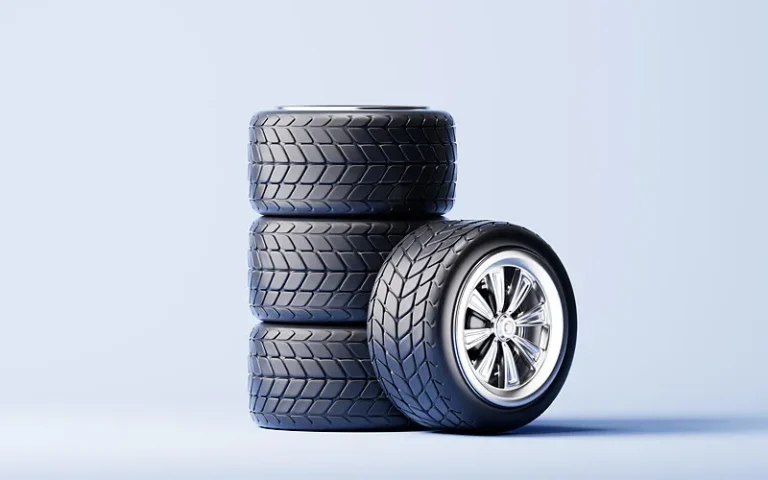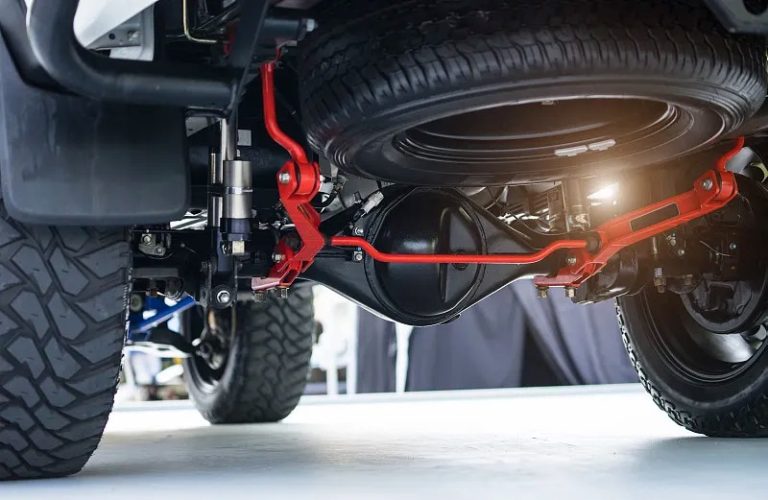Wheel Spoke Types Explained: 5-Spoke vs 10-Spoke Wheels
Introduction: What Do Wheel Spoke Types Really Mean?
Wheel Spoke Types are one of the most recognizable features on a car, yet many drivers don’t actually know what they represent. Some people say multi-spoke wheels look premium. Others insist that 5-spoke wheels are the mark of a true performance car. And some simply pick whatever looks good.
However, the number of spokes is more than just a styling choice. Behind it lies real engineering logic.
Today, let’s look at what 5-spoke and 10-spoke wheels really tell you about a car.
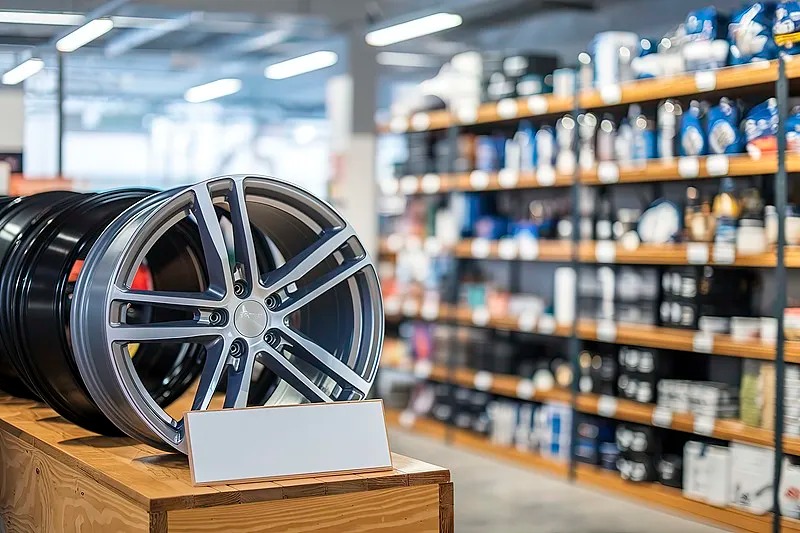
01 — Appearance and Purpose
If you walk down the street, you may notice something interesting. Popular family sedans like the VW Lavida or Geely Xingrui often use multi-spoke wheels with thin, dense spokes. Meanwhile, performance models such as Audi S and RS series frequently use chunky 5-spoke wheels.
At first glance, this seems backward. Shouldn’t more expensive cars use more delicate and complex wheels?
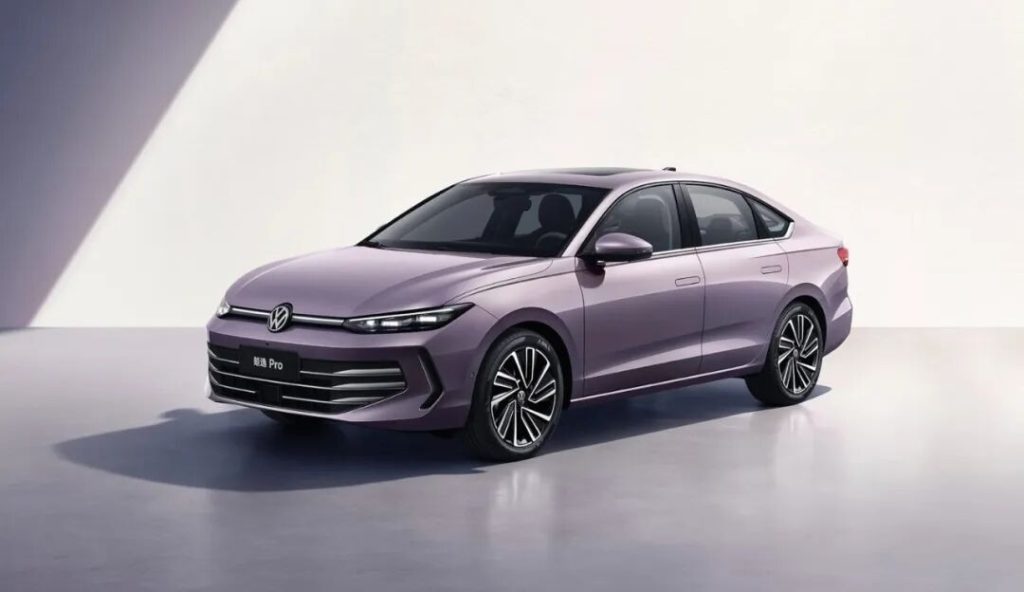
The logic is similar to choosing a thick phone case versus a thin one. A thicker case seems stronger, but a thinner case often dissipates heat better. Wheels work the same way. The number of spokes is not meant to show off — it serves different needs.
Multi-spoke wheels can hide the brake disc and caliper behind many slim spokes. Minor surface rust or a basic caliper becomes almost invisible. For family cars, this is helpful, because buyers value a clean, refined look more than sporty hardware.
On the other hand, 5-spoke wheels leave large openings between spokes. This exposes the big brake discs and multi-piston calipers, sending a clear message:
“Look at this braking setup. It’s serious equipment.”
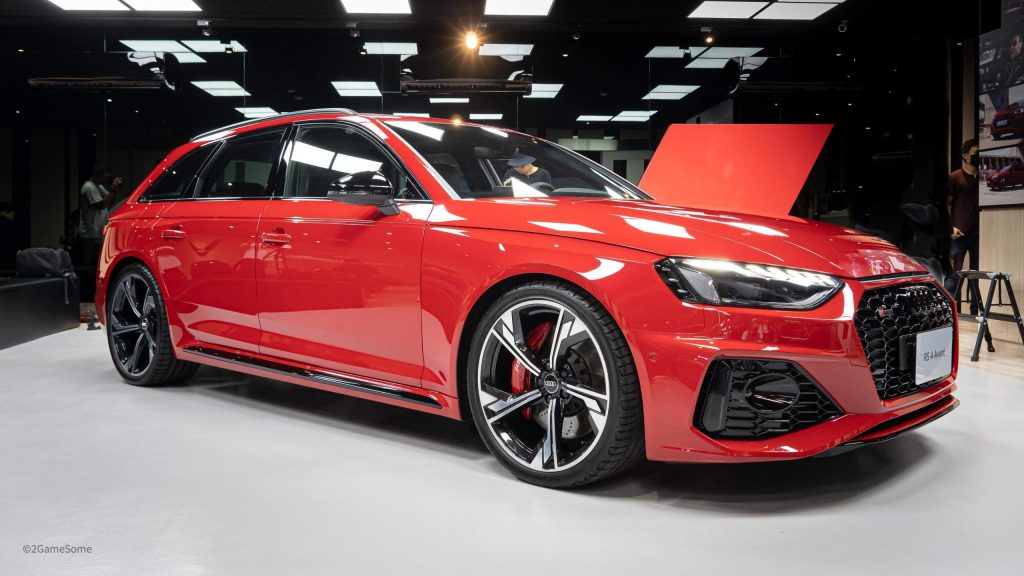
02 — Cooling and Aerodynamics
So, which is better: 5-spoke or 10-spoke?
There is no universal answer. It depends entirely on your driving style.
Advantages of Multi-Spoke Wheels
- More spokes = more structural support.
Stress is distributed across many thin spokes.
Therefore, when hitting potholes or curbs, deformation is less likely. - Better aerodynamic performance.
Dense spokes reduce turbulent airflow inside the wheel.
This can reduce drag by 3% to 5%, improving fuel efficiency.
However, multi-spoke wheels have one major weakness: poor brake cooling.
The dense layout traps heat around the brake disc. On long downhill drives or repeated hard braking, temperatures can exceed 300°C, reducing braking performance.

Advantages of 5-Spoke Wheels
5-spoke wheels work in the opposite way.
The large openings between the spokes act as natural cooling channels. Air passes freely through the wheel and carries heat away from the brake disc.
Cars like the Porsche 911 use variations of the 5-spoke Y-design combined with huge 400 mm drilled discs. Even during repeated hard braking, temperatures stay under control.
However, fewer spokes mean each spoke takes on more load.
This is why performance cars use very thick, strong spokes — often forged rather than cast.
In addition, the open design increases wind resistance.
Therefore, at highway speeds, fuel consumption can be around 5% higher compared to multi-spoke wheels.
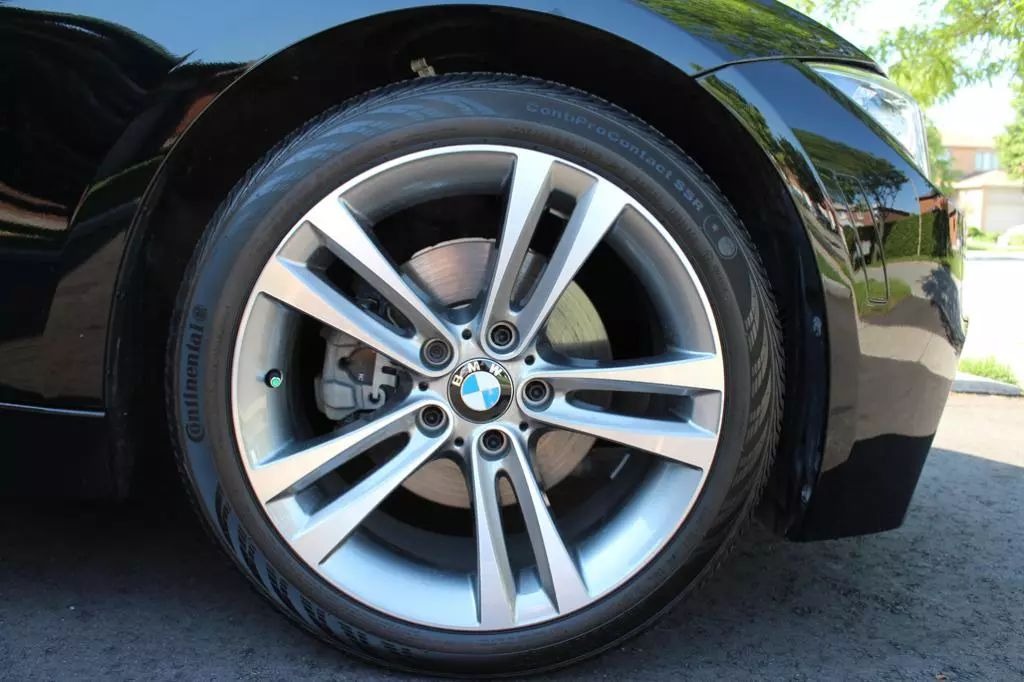
03 — Manufacturing Cost
If 5-spoke wheels cool better, why don’t all cars use them?
One simple word: cost.
Multi-spoke wheels look complex but are relatively easy to produce.
Thin spokes don’t need extremely high strength, so manufacturers can use casting, which is cheap and suitable for mass production.
- A typical cast multi-spoke wheel may cost only a few hundred RMB to produce.
In contrast, 5-spoke wheels require more material and higher structural strength.
Many performance cars use forged wheels, which are 1.5× stronger than cast wheels but cost several times more.
- A forged 5-spoke wheel can cost thousands of RMB or even more.
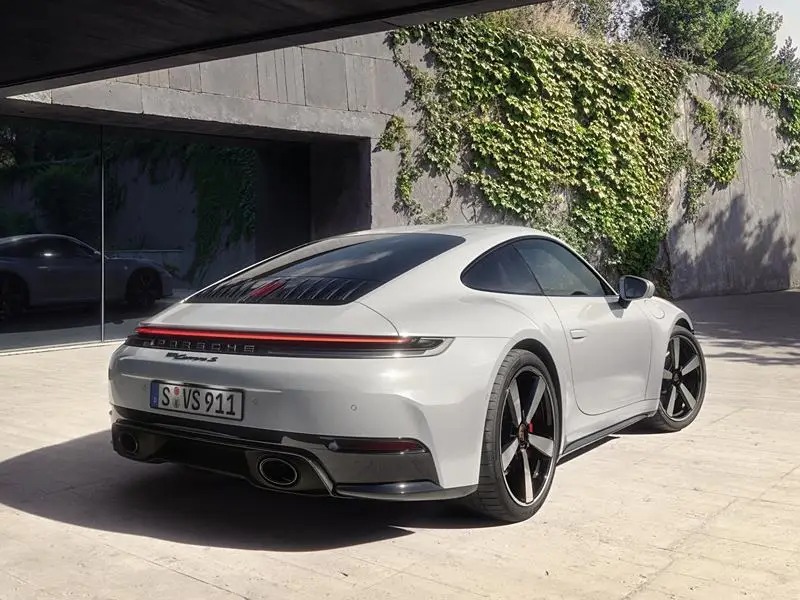
04 — Market Positioning
Market positioning plays a huge role.
Family-car buyers want a vehicle that is reliable, economical, and refined.
Multi-spoke wheels match these expectations well:
- They resist deformation
- They reduce drag and save fuel
- They hide ordinary brake hardware
- They look “premium” and delicate
Performance-car buyers want something completely different.
They prioritize:
- Brake performance
- Cooling efficiency
- High-strength construction
- Sporty looks
- Hardware visibility (a status symbol in car culture)
Seeing a big Brembo brake system behind a 5-spoke wheel instantly signals performance to knowledgeable drivers.

05 — Maintenance and Cleaning
Here’s something most people overlook: wheel cleaning.
Multi-spoke wheels have many tight gaps. Cleaning them requires a small brush and a lot of patience. Dust and brake residue hide between each spoke.
In contrast, 5-spoke wheels are very easy to clean.
A cloth can reach almost every surface.
Family-car owners may not care about hidden dust.
However, performance-car owners — often enthusiasts — clean wheels frequently to keep the braking system in top condition.
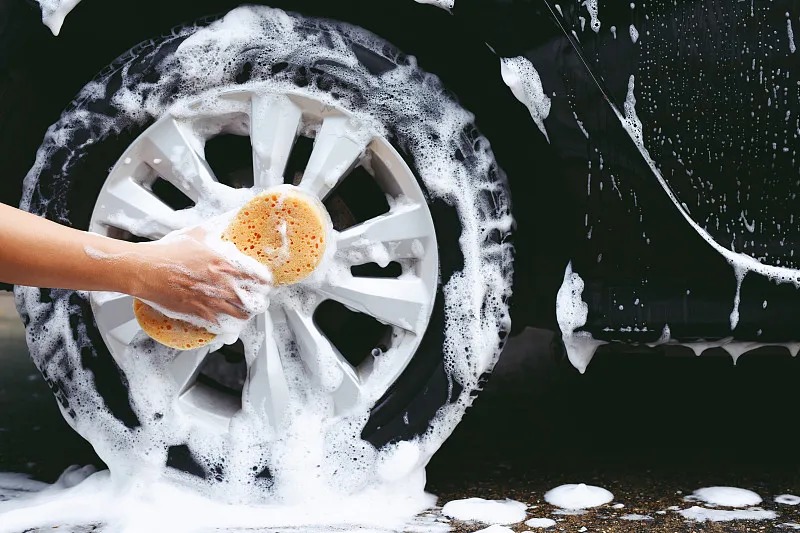
Final Question: 5-Spoke or Multi-Spoke? Which Do You Prefer?
Now that you understand how Wheel Spoke Types affect style, cooling, strength, aerodynamics, cost, and maintenance, you can choose the design that matches your driving needs.
- For daily family use → Multi-spoke is practical, stable, and fuel-efficient.
- For performance and spirited driving → 5-spoke offers stronger cooling and a more dynamic look.
- For appearance lovers → simply pick the design you like most.
After all, the best wheel is the one that fits your car and your personality.
If you have a need to buy a car, or if you run a car business, we’re here to help. As a leading exporter with over 20 years of experience, DDong Used Cars offers a wide range of vehicle brands (100+), efficient logistics, and after-sales support.
Contact us today to learn more. Simply let us know what you’re looking for, and we’ll provide you with an unmatched sourcing experience. Explore our news section for more automotive insights and tips for running a successful dealership.


